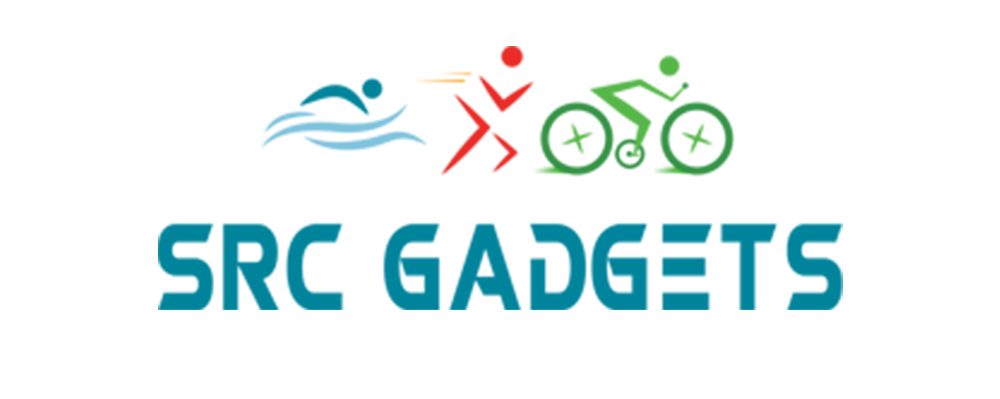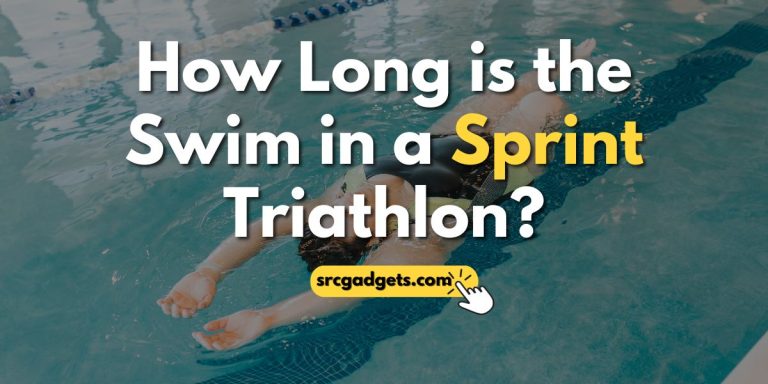How Long Does It Take to Learn to Swim?
Learning to swim takes time, just like learning any important skill. It doesn’t happen all at once. You begin by making little splashes, and soon, you find yourself moving smoothly through the water as if you’ve done it all your life. However, the time it takes to get good at swimming can vary greatly.
It depends on many things, such as how many hours you practice and how good your swimming classes are. I m going to take a closer look at what it takes to learn to swim well, especially for those of you who are triathletes and want to get better at swimming.
The Basics of Learning to Swim
When you begin to learn swimming, it’s very important to know the basic things first. Think of swimming as learning a new language. Each swimming stroke is like a letter of the alphabet. When you combine the strokes in the right way, it’s like making words and sentences. This is how you start to ‘speak’ swimming. Learning simple strokes such as freestyle and knowing how to float and move your body correctly are the first steps in swimming well.
Just like when you learn to ride a bike, it might feel tricky at first. You might wobble and even fall off. But with practice, you get better. It’s the same with swimming. At first, you may splash a lot and feel awkward.
But every time you practice, you’ll get better at moving through the water. You’ll learn how to breathe properly, how to keep your body straight, and how to use your arms and legs together. Every step is important, and soon, you’ll be swimming without even thinking about it it’ll just come naturally.
How Long to Become a Proficient Swimmer?
A proficient swimmer, in triathlon terms, is someone who can cover distances efficiently and with good technique. On average, someone new to swimming will need to practice for about 20-30 hours to swim well. If you swim a lot, it may take a few months. But remember, this is just a usual time it might be faster for some and take longer for others to feel easy in the water.
It’s not just about swimming a lot, but also how you swim that’s important. Swim regularly, like three times a week, to improve. Each time, concentrate on performing your strokes correctly, rather than just moving back and forth. It’s similar to writing neatly instead of scribbling messy letters. Most importantly, have fun! Enjoying your pool time can motivate you to continue and improve more quickly.
Importance of Regular Practice
Regular practice is crucial for learning to swim. It’s not only about the amount of practice but also about the right method. Regular swimming sessions are beneficial. You don’t need to swim for long periods daily. Swimming effectively for 30 to 45 minutes a few times a week can significantly improve your skills.
Swimming better comes from good habits. When you swim often, your body remembers how to move in the water. This makes you stronger and helps you swim longer without getting tired. It’s like learning to ride a bike. At first, it’s hard, but the more you do it, the easier it gets. When you swim the right way often, you’ll find that swimming becomes much easier and more fun.
Types of Swim Lessons
Choosing the right swim classes is important. You can pick private classes for one-on-one attention, tailored to your needs. Alternatively, group classes let you learn alongside others. Each type has its benefits. Your choice might depend on your preferences or budget.
Swim classes come in different styles. Some are playful and fun, with games that help you learn without even realizing it. Others are more serious, where you practice over and over until you get better. For kids, classes often have games to make learning exciting.
For grown-ups, the teacher might talk more about how to move your body in the best way. No matter the style, the goal is the same: to help you swim well and feel confident in the water. It’s about finding the kind of class that makes you happy and helps you learn at the same time.
What to Look for in a Swim Instructor
Finding a good swim instructor is important. An experienced one will teach you in a way you understand. It’s beneficial if they are certified and have previous teaching experience. However, it’s equally important that their teaching style suits your learning needs. The right instructor will ensure you learn to swim correctly from the start.
When you’re choosing a swim teacher, think about how you like to learn. Do you like someone very friendly and patient? Or do you like learning with a teacher who is very strict and makes sure you work hard? It is also helpful if the teacher can explain things in different ways until you understand.
Progress Milestones in Swimming
As you practice swimming, it’s good to have goals to see your progress. These goals are not just about swimming faster or doing more laps. They are also about improving your movements and using the right technique. Celebrating when you reach these goals can make you feel good and help you see how much you’ve improved.
It’s not just about getting from one side of the pool to the other; it’s about doing it better each time. For example, you could set a goal to swim a certain stroke without stopping or to breathe more smoothly while swimming. When you reach these goals, it’s like giving yourself a high-five. It tells you that you’re moving forward and helps you understand what to work on next. This way, you can make your swimming lessons fit your own pace and needs, making learning to swim a truly personal and rewarding experience.
Overcoming Common Challenges
Every swimmer has to deal with problems at some point. This could be being scared of the water, learning to move the right way, or getting good at breathing while swimming. It’s important to have clear goals and to keep practicing regularly to get past these problems. Remember, everyone starts as a beginner. With hard work and time, you can make these problems just a part of learning.
For better swim lessons, consider what comforts you and what you find enjoyable. Perhaps you prefer quiet pool times or playful swim games. Share with your instructor what aids your learning. By doing so, you can ensure your lessons are both fun and productive.
Remember, when swimming gets tough, taking a break or trying something new can make a big difference. Keep your goals in mind, and enjoy your time in the water. It’s not just about learning to swim; it’s about having fun and feeling good while doing it.
Customizing the Learning Experience
Swim classes should fit each person like their own clothes. They should match how fast you learn, what you already know, and how you like to learn. Kids might swim often to learn well. Adults might need a different kind of class that works better for them. It s important to have classes that are just right for you.
Making swim classes perfect for you also means having fun. The best class feels like a game, not hard work. Teachers can use games and fun activities to make learning easier. This way, you can enjoy every swim and look forward to getting better. When you have fun, you learn without even knowing it. That’s the best way to get good at swimming.
Conclusion
For a beginner to become proficient in swimming, it takes about 20-30 hours of practice. However, the exact time needed varies based on several factors, like how often you practice, the quality of instruction, and an individual’s natural ability. To see the best and fastest results, it’s important to take lessons consistently around three times per week, focusing on proper technique rather than just logging laps during practice.
Setting small, achievable goals is also key to staying motivated and tracking your progress. Overall, learning to swim is a gradual process that requires dedication through regular practice. With quality instruction tailored to your personal needs and learning style, plus a positive attitude, most people can get comfortable in the water within a few months. The reward is a useful life skill that also serves as great exercise.




